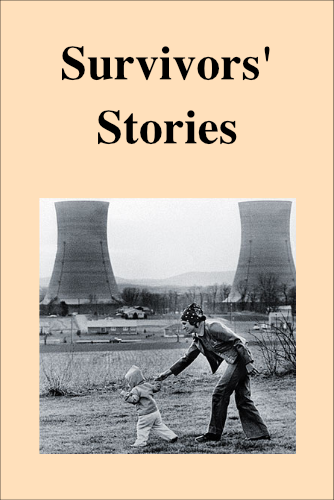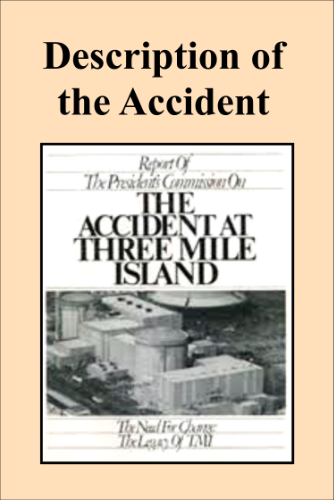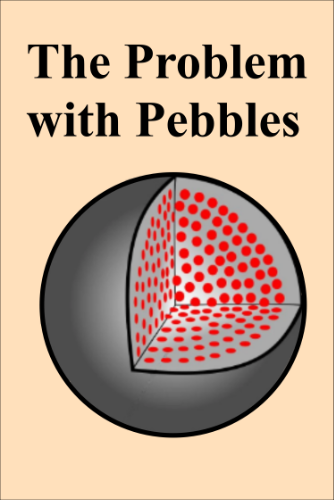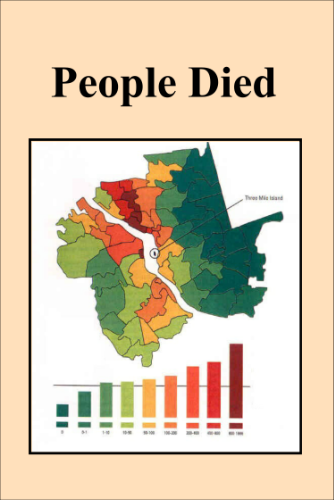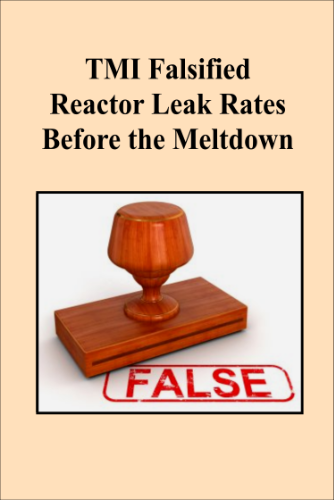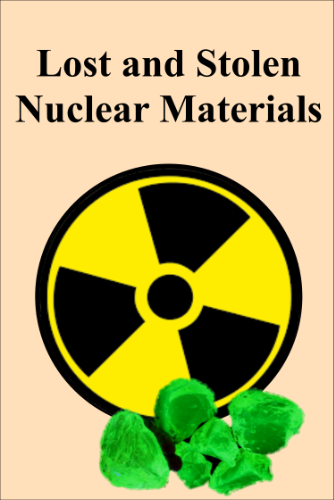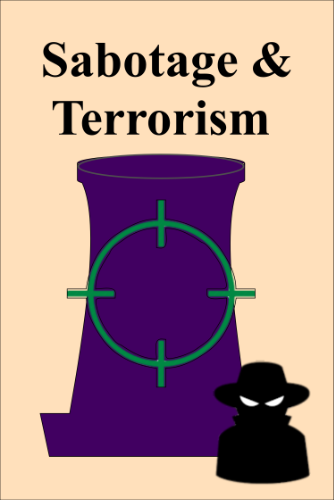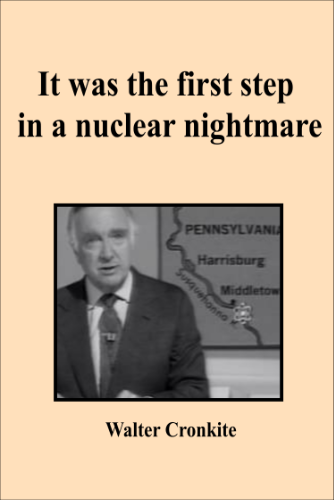April 24, 2013
The Honorable Allison M. Macfarlane
Chairman
U.S. Nuclear Regulatory Commission
Washington, DC 20555
Dear Chariman Macfarlane:
In the wake of the nuclear power plant accident in Japan, I called on the Governmental Accountability Office (GAO) to produce a report on safety preparations and emergency procedures in the event of an incident at a nuclear power plant in the United States. The GAO report, released this month, makes clear that the U.S. Nuclear Regulatory Commission (NRC) must study the public's understanding of emergency preparedness outside the standard 10-mile emergency planning zone around nuclear power plants.
Download Casey Letter to NRC evacuations
June 17, 2013
The Honorable Robert P. Casey, Jr.
United States Senate
Washington, D.C. 20510
Dear Senator Casey:
On behalf of the U.S. Nuclear Regulatory Commission (NRC), I am responding to your letter of April 24, 2013, regarding the recent Government Accountability Office (GAO) report entitled “Emergency Preparedness: NRC Needs to Better Understand Likely Public Response to Radiological Incidents.” You expressed particular interest in ensuring that the Federal Government understands how “shadow evacuations” of populations outside the 10-mile emergency planning zone (EPZ) around a nuclear power plant would impact the evacuation times for those closest to the plant. A shadow evacuation is the evacuation by persons outside of any officially declared evacuation zone.
Download NRC's Response Letter







